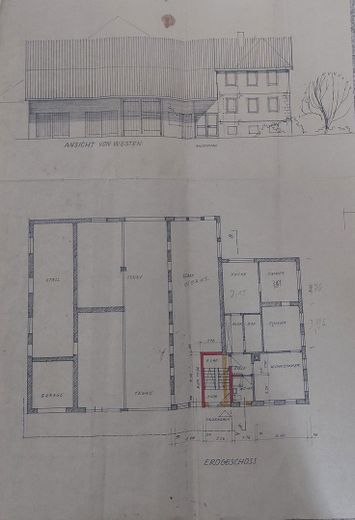
Ansicht Westen
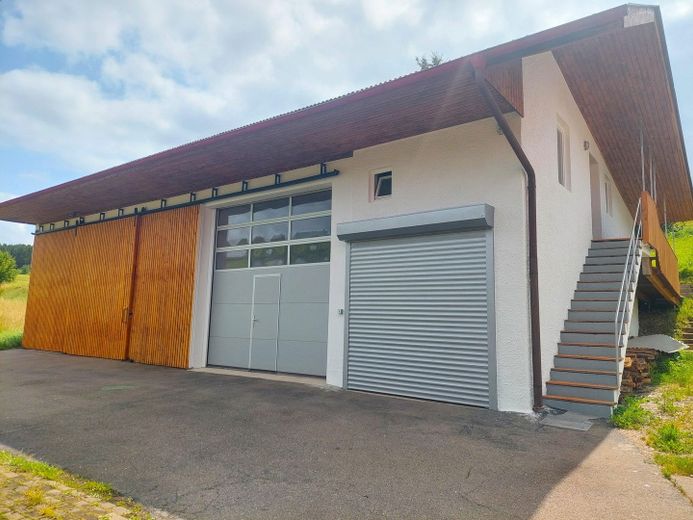
Wirtschaftsgebäude
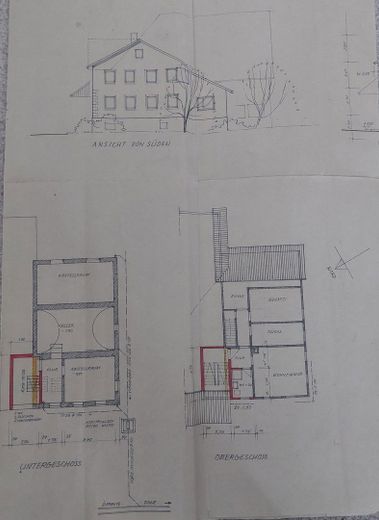
Ansicht Süden
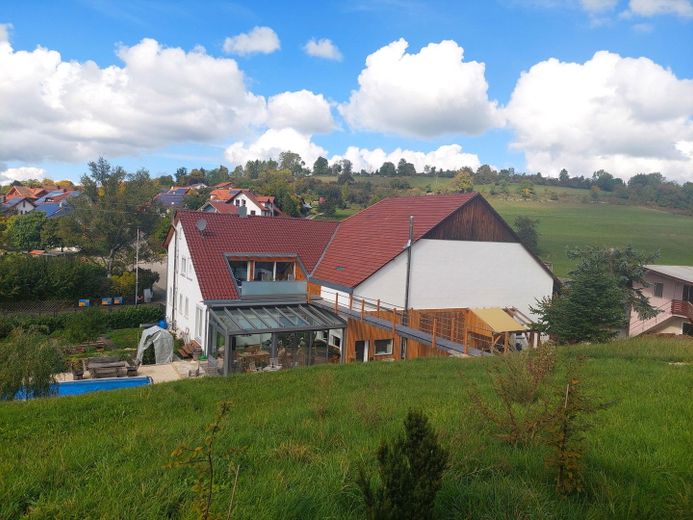
Gartenansicht
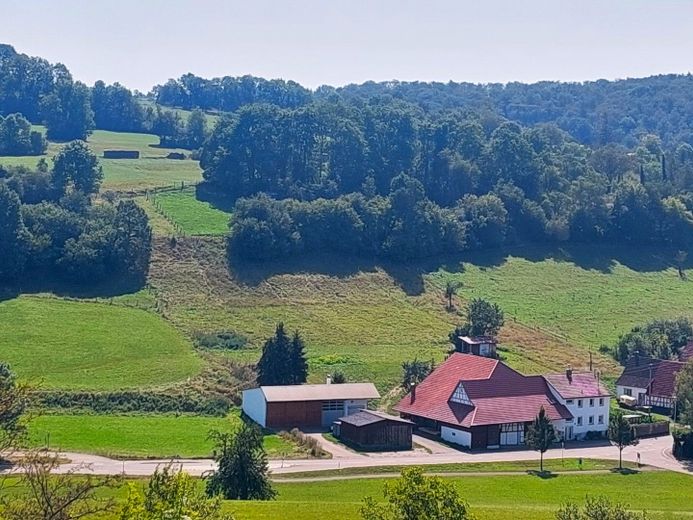
Luftbild
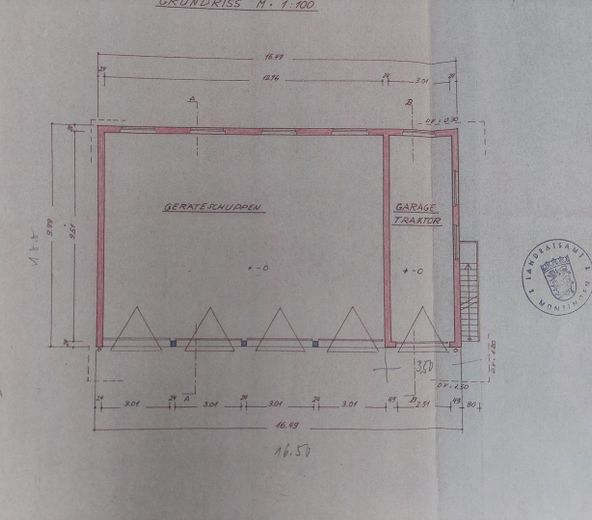
Grundriss Wirtschaftsgebäude
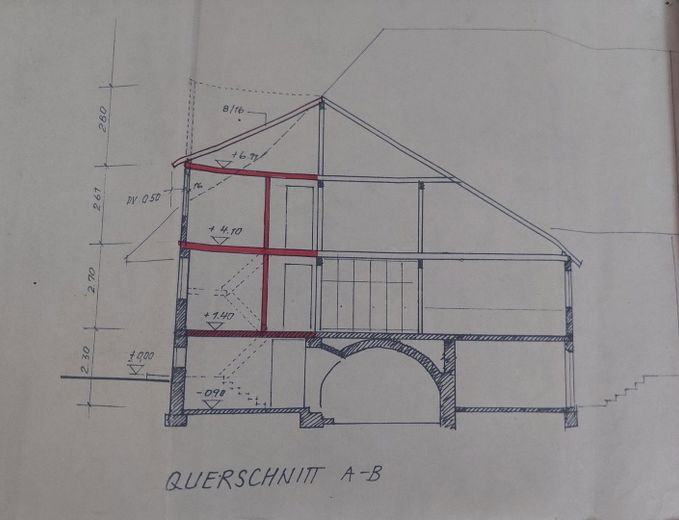



| Selling Price | 1.250.000 € |
|---|---|
| Courtage | no courtage for buyers |
Detached or semi-detached house
- Plot size: approx. 6186 m2 (rounded area)
- Building and open space: approx. 1900 m2
- Agricultural area: approx. 4286 m2 (can be extended to approx. 7230 m2)
- Usable area: approx. 578 m2
- Living space: approx. 180 m2
- Farm building: approx. 140 m2 with office space
- Heating: pellet condensing heating, wood
In addition
-Large cleaned barn over several floors
-Garage
-Animal stable with pit
-Smaller separate barn
-Large spacious workshop
-Sauna
-Greenhouse
-Winter garden
-Arable land
-Vegetable garden
-Fruit trees
-Extensive inner courtyard
Residential house
-Large living/dining area
-4.5 rooms
Complete renovation 2019/2021
-Heating system
-Soundproof windows with electric aluminum shutters
-Water pipes
-Electrics
-Roof insulation
-parquet flooring
-etc.
High-quality materials and state-of-the-art technology were used for the fittings.
Further pictures on request.
This property in a mixed-use area offers a wide range of possibilities thanks to the workshop, the enormous barn and the farm building for use as a business, livestock farmer, producer and much more.
The municipality of St. Johann has just under 5,200 inhabitants and is located on the Swabian Alb, east of the city of Reutlingen.
You can get there by car in around 25 minutes. The neighboring town of Bad Urach is only a 10-minute drive, Metzingen is around 15 minutes away and Stuttgart Airport can be reached in 40 minutes by car. St. Johann consists of the formerly independent communities of Bleichstetten, Gächingen, Lonsingen, Ohnastetten, Upfingen and Würtingen. In addition to the village itself, Gächingen also includes the Birkenhof farmstead. The district of Würtingen also includes the St. Johann stud farm, which gave the municipality its name, and the Fohlenhof.
Almost half of St. Johann is part of the Swabian Alb biosphere reserve.
The districts of Upfingen, Ohnastetten and Würtingen were first mentioned in a document from Zwiefalten Abbey in 1138. Bleichstetten was first recorded in 1102, Lonsingen in 1268 and Gächingen in 1275.